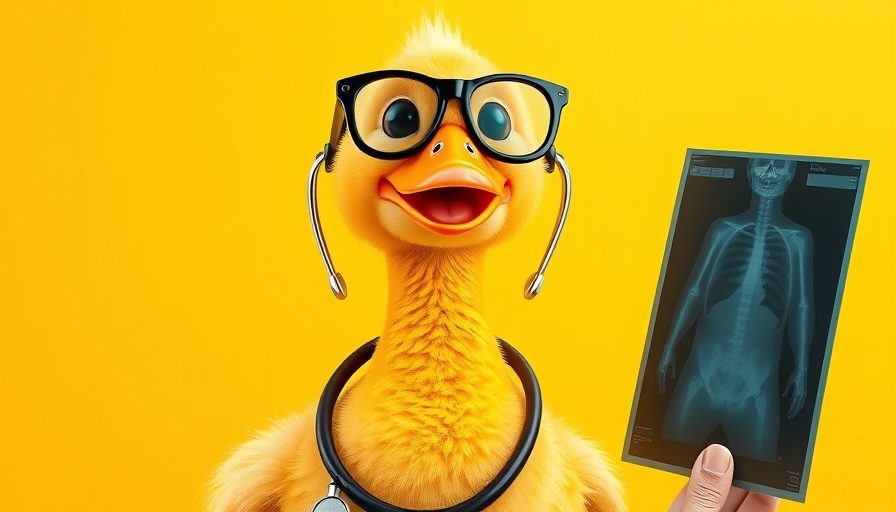
Grammarly Secures Non-Dilutive Funding to Propel Business Growth
In a significant development for the tech and writing assistance sector, Grammarly has announced that it has secured a monumental $1 billion in non-dilutive funding from the venture capital firm General Catalyst. This funding is engineered to bolster the company’s sales and marketing initiatives while simultaneously allowing it to conserve existing capital for strategic acquisitions.
The Mechanics of Non-Dilutive Financing
Unlike traditional venture capital approaches, which typically require equity stakes in exchange for investment, the financing model endorsed by General Catalyst outlines a repayment plan based on a fixed percentage of revenue generated from the funds. This structure protects Grammarly’s valuation, which stood at an impressive $13 billion in 2021 but has since faced downward revisions in a less favorable market environment.
A Strategic Move in a Changing Market
Grammarly's approach amidst changing market landscapes illustrates a broader trend in the startup ecosystem where non-dilutive funding becomes a strategic asset, especially for companies with predictable revenue trajectories. This allows them to scale responsibly while avoiding the pitfalls of valuation resets.
The Future Outlook
With an annual revenue exceeding $700 million and a recent acquisition of productivity startup Coda in December, Grammarly continues to innovate through a focus on AI-driven productivity tools. Observers of the healthcare technology landscape may find parallels in how innovative financing methods can empower tech firms to enhance their service offerings—much like the adoption of telehealth and electronic health records has streamlined healthcare delivery.
Calls for Continued Monitoring of Industry Trends
Healthcare IT professionals, administrators, and providers should maintain an active interest in these financial trends. Understanding how tech firms navigate funding challenges can reveal insights applicable to their own operations as they seek to optimize resources in their realms.
As technology continues to permeate the healthcare industry, adapting financing strategies like those of Grammarly may provide innovative pathways to scaling operations while safeguarding core valuations. Stay aware of similar movements within your sector to leverage opportunities effectively.
 Add Row
Add Row  Add
Add 




Write A Comment